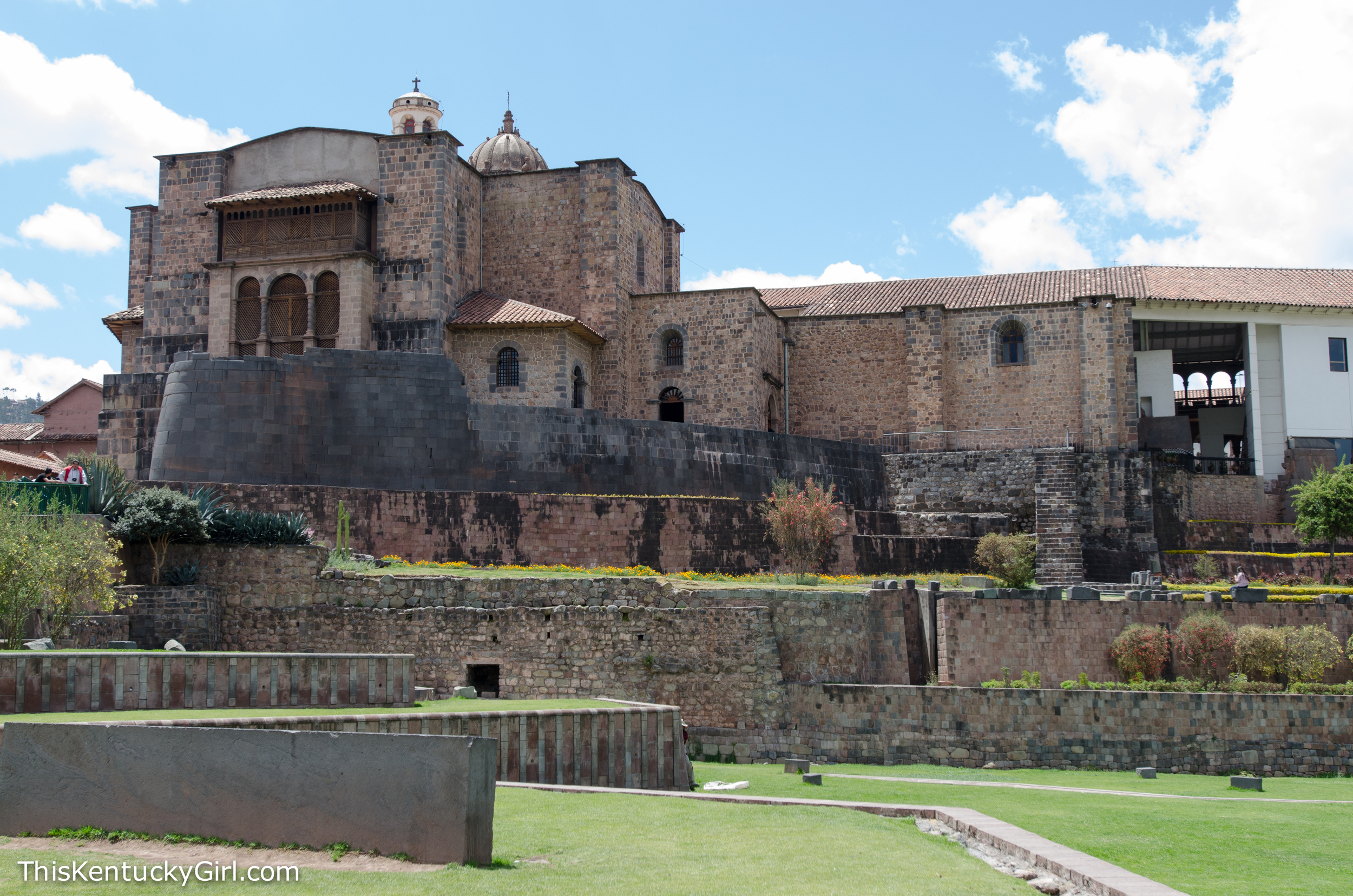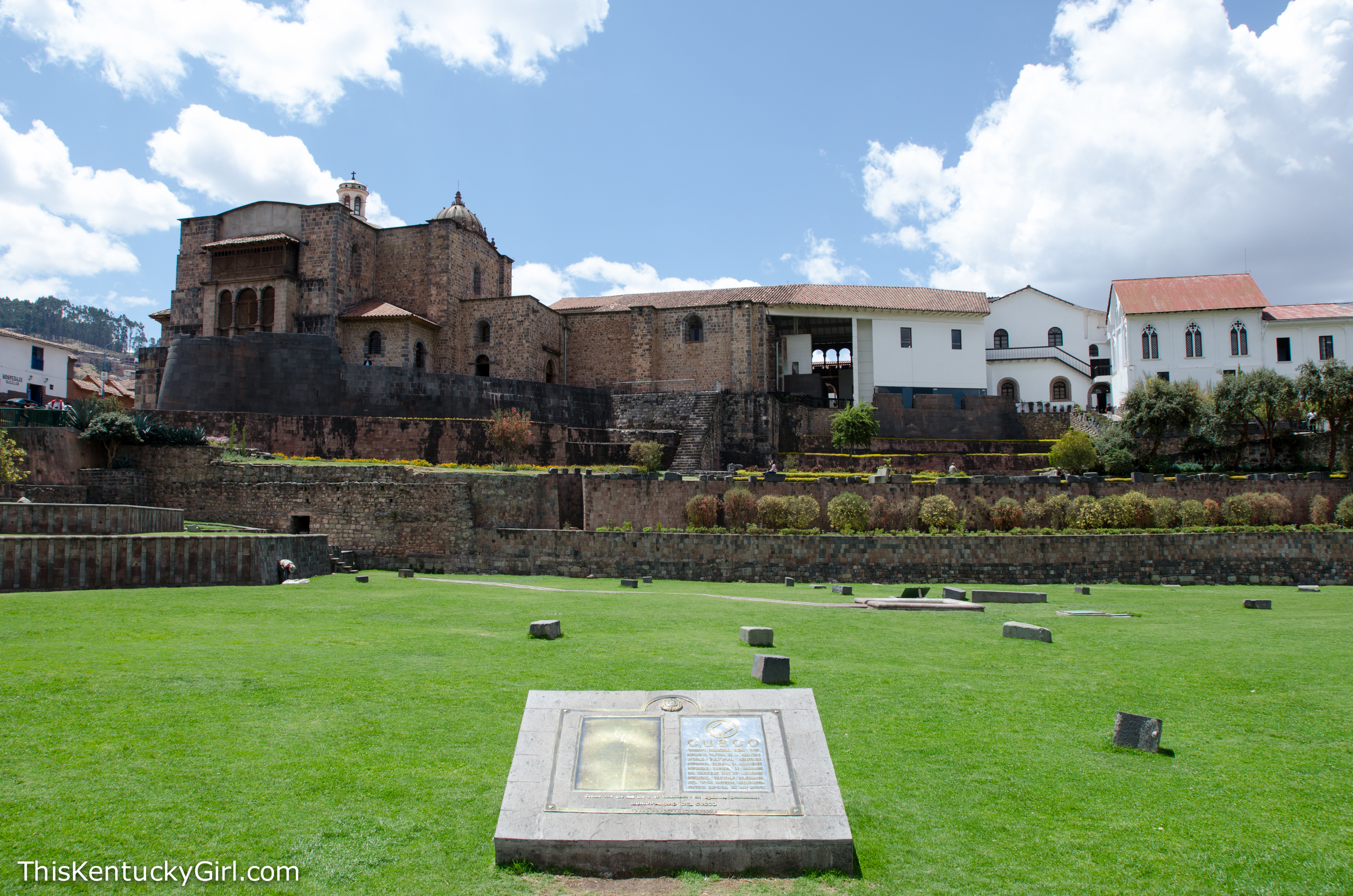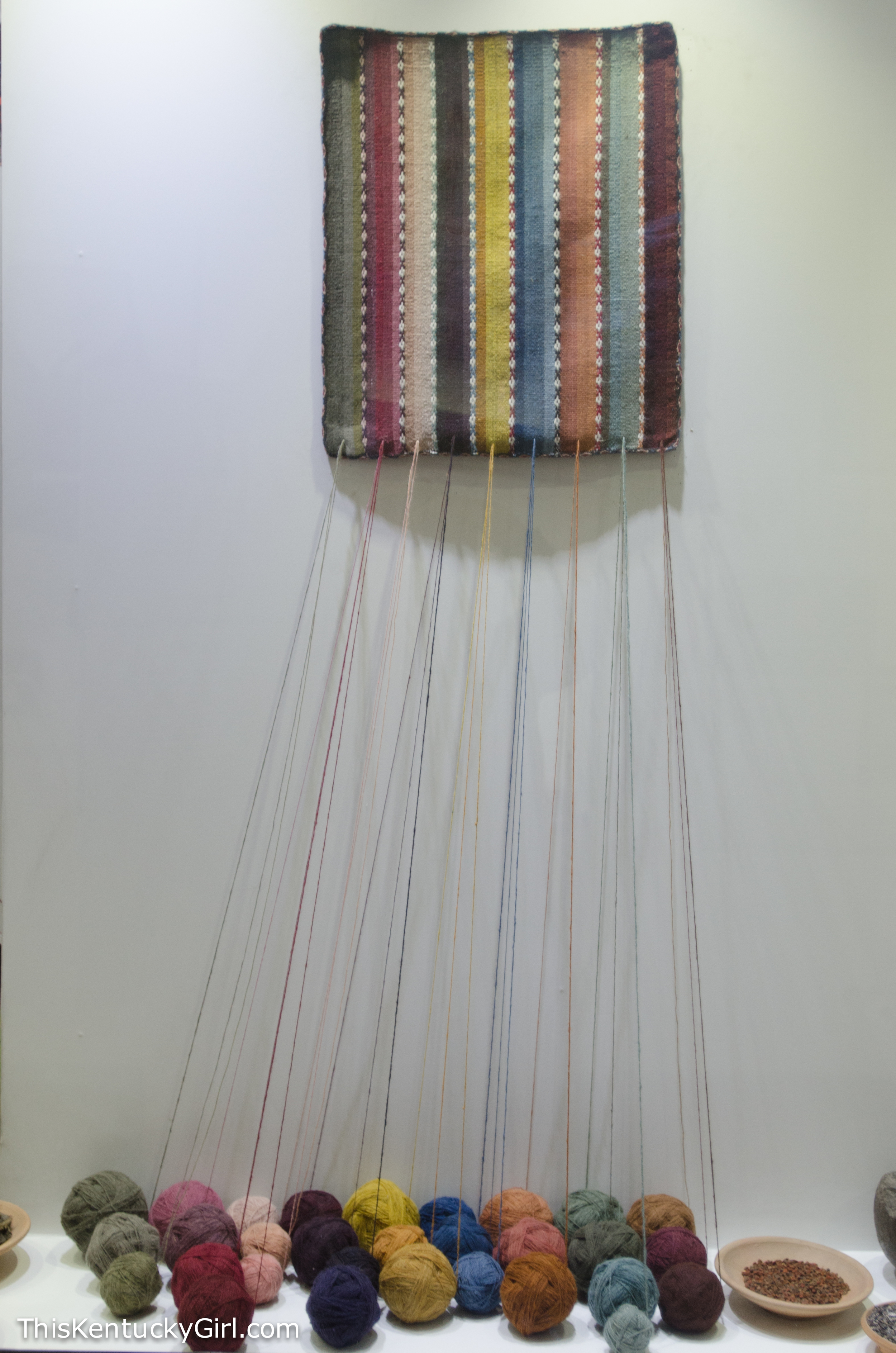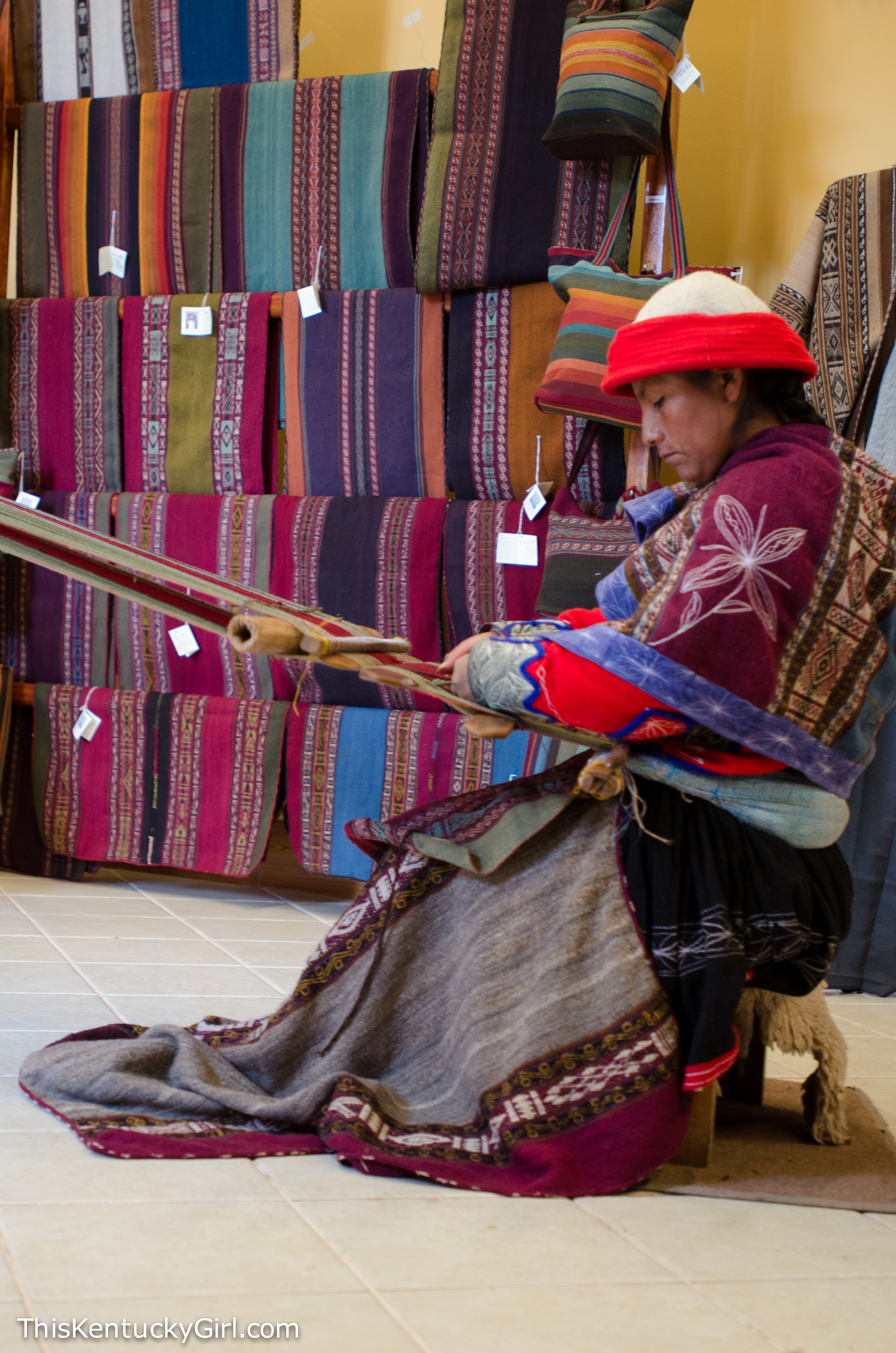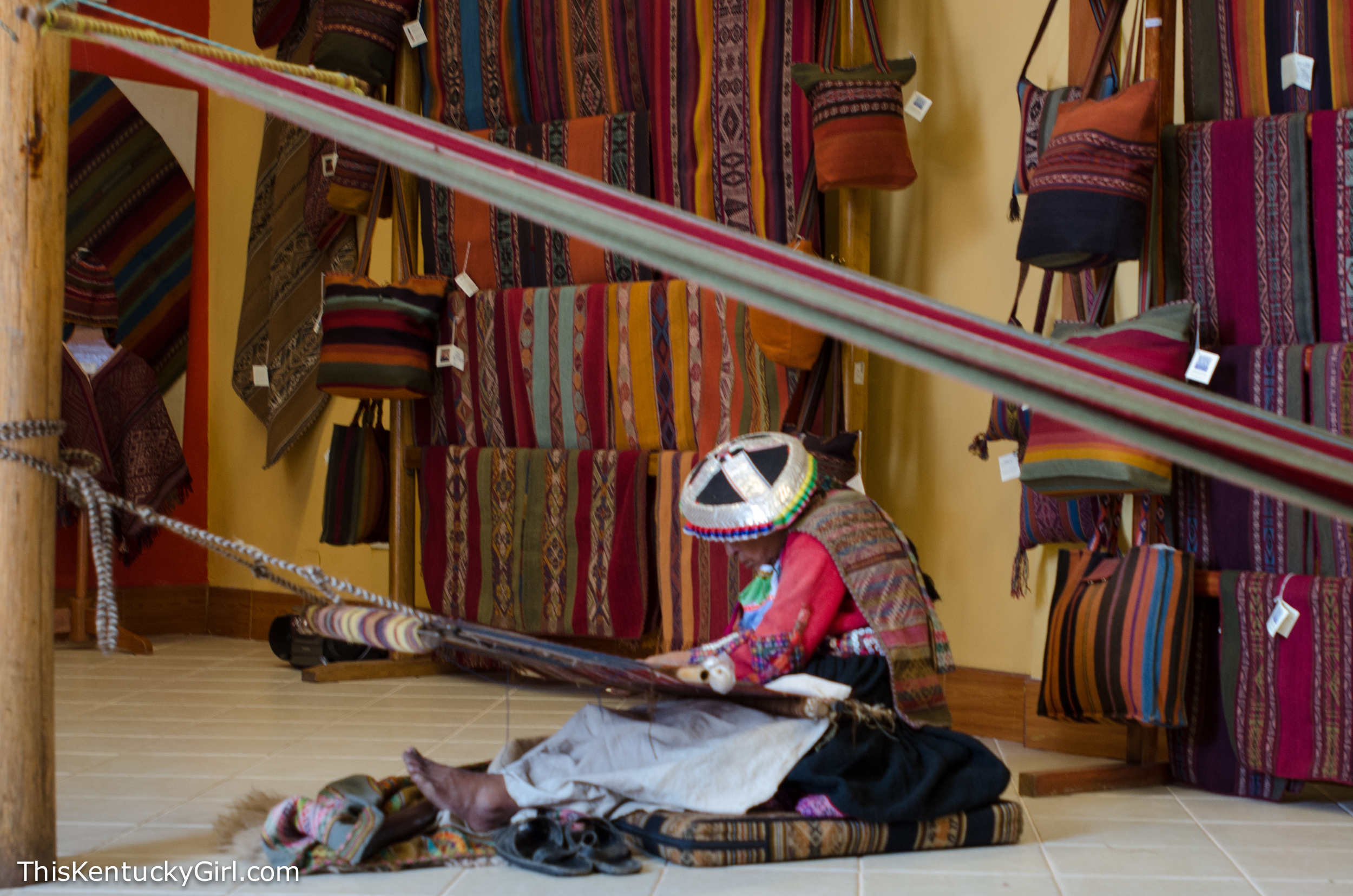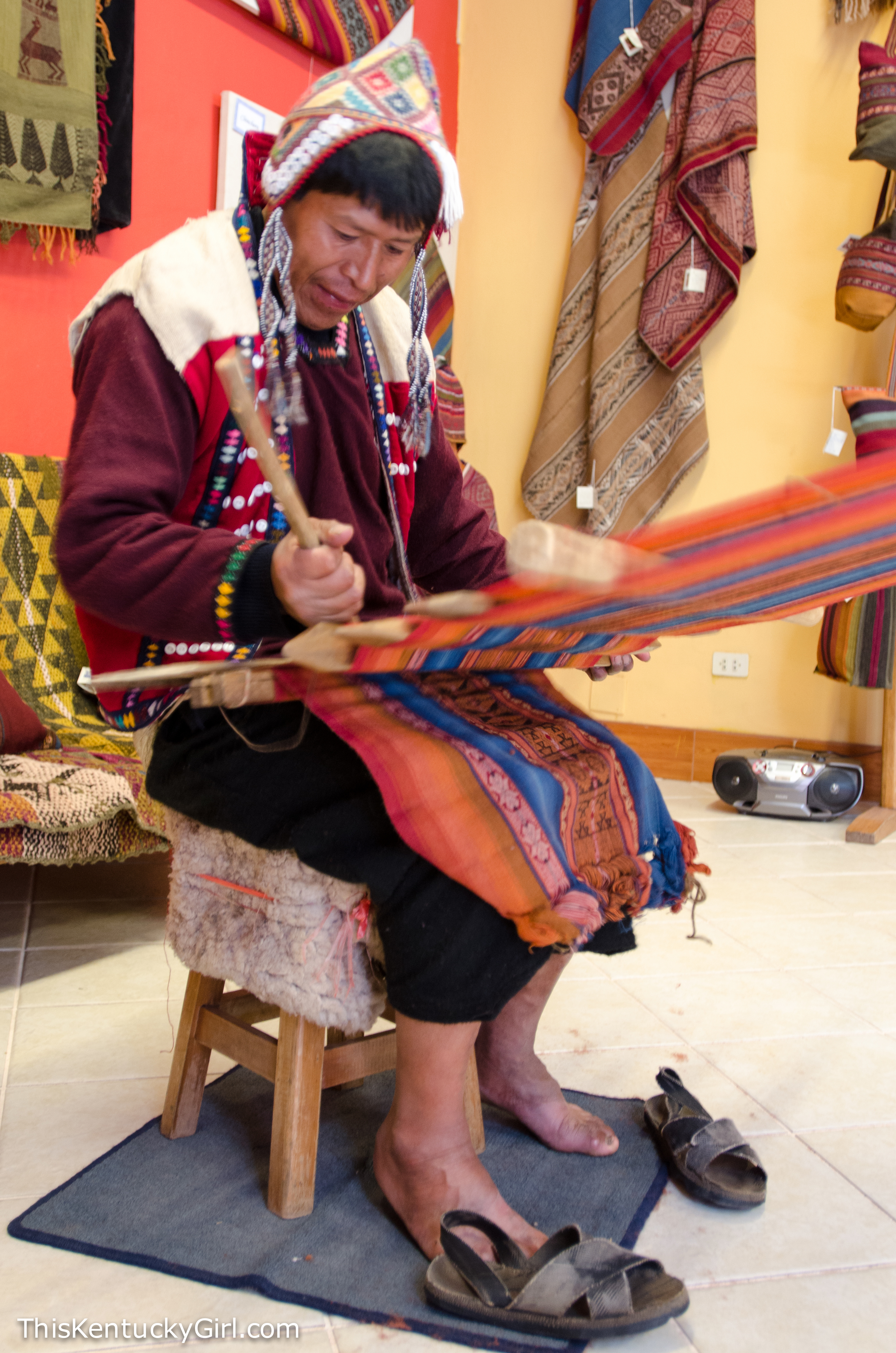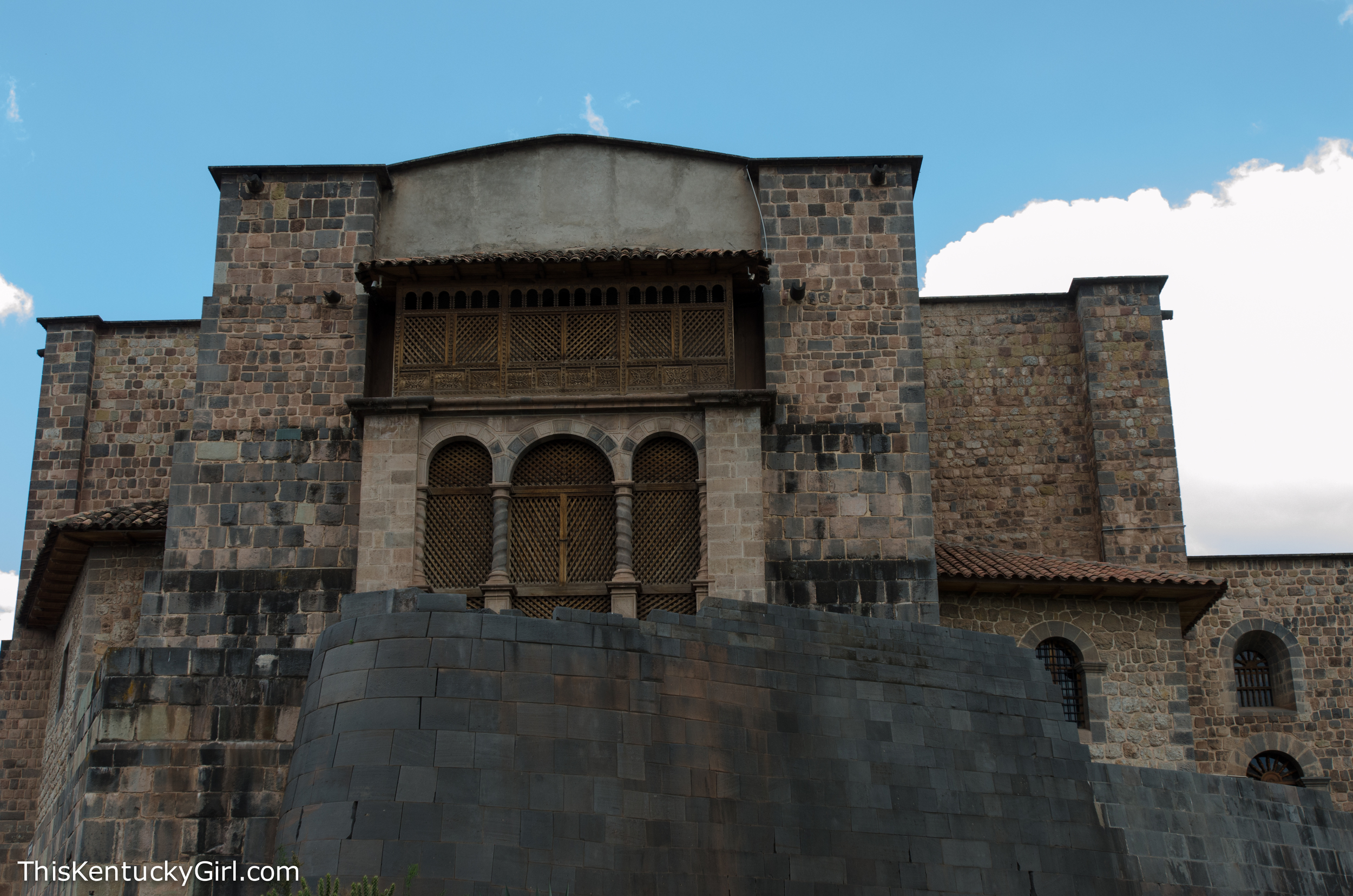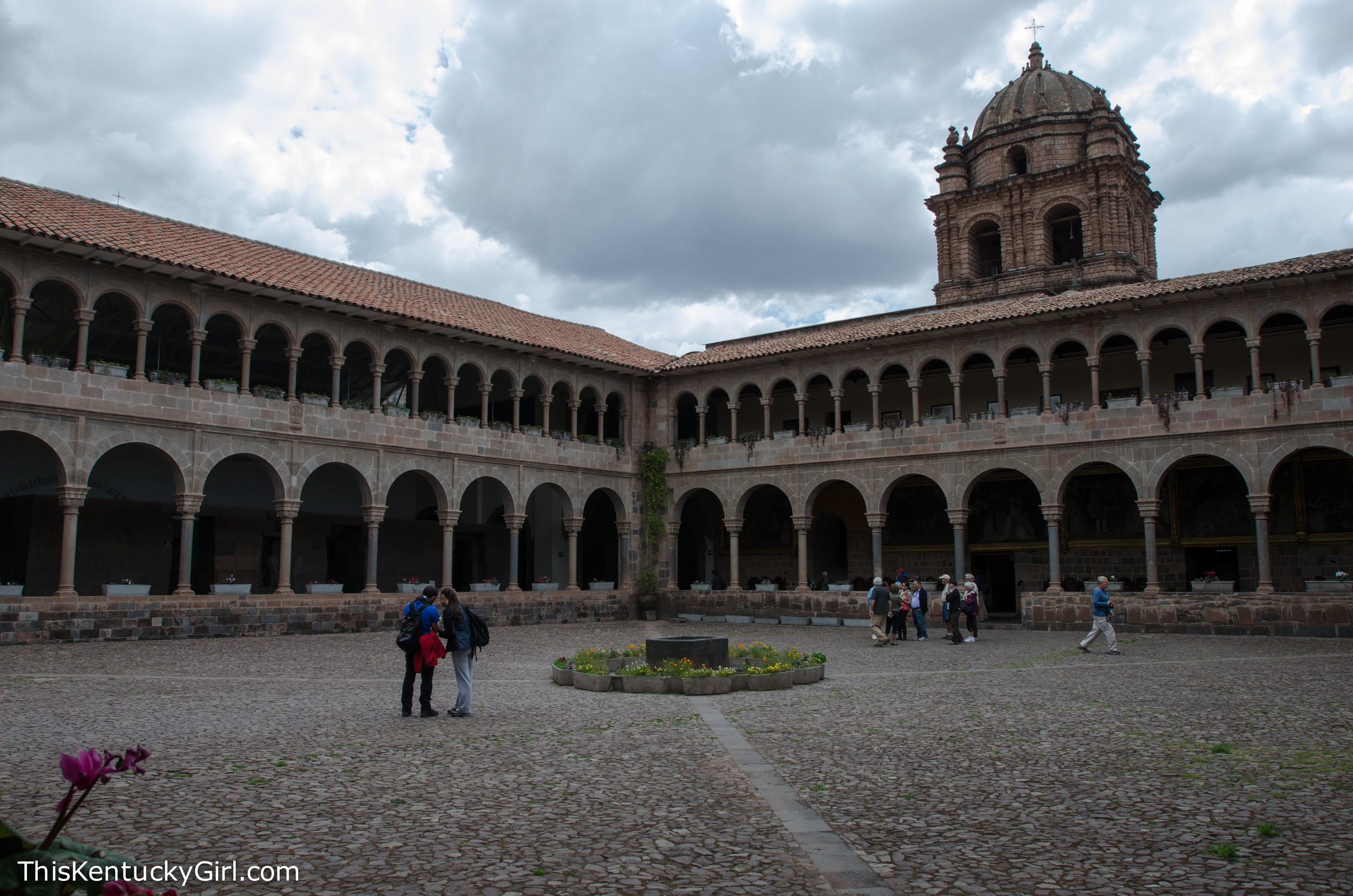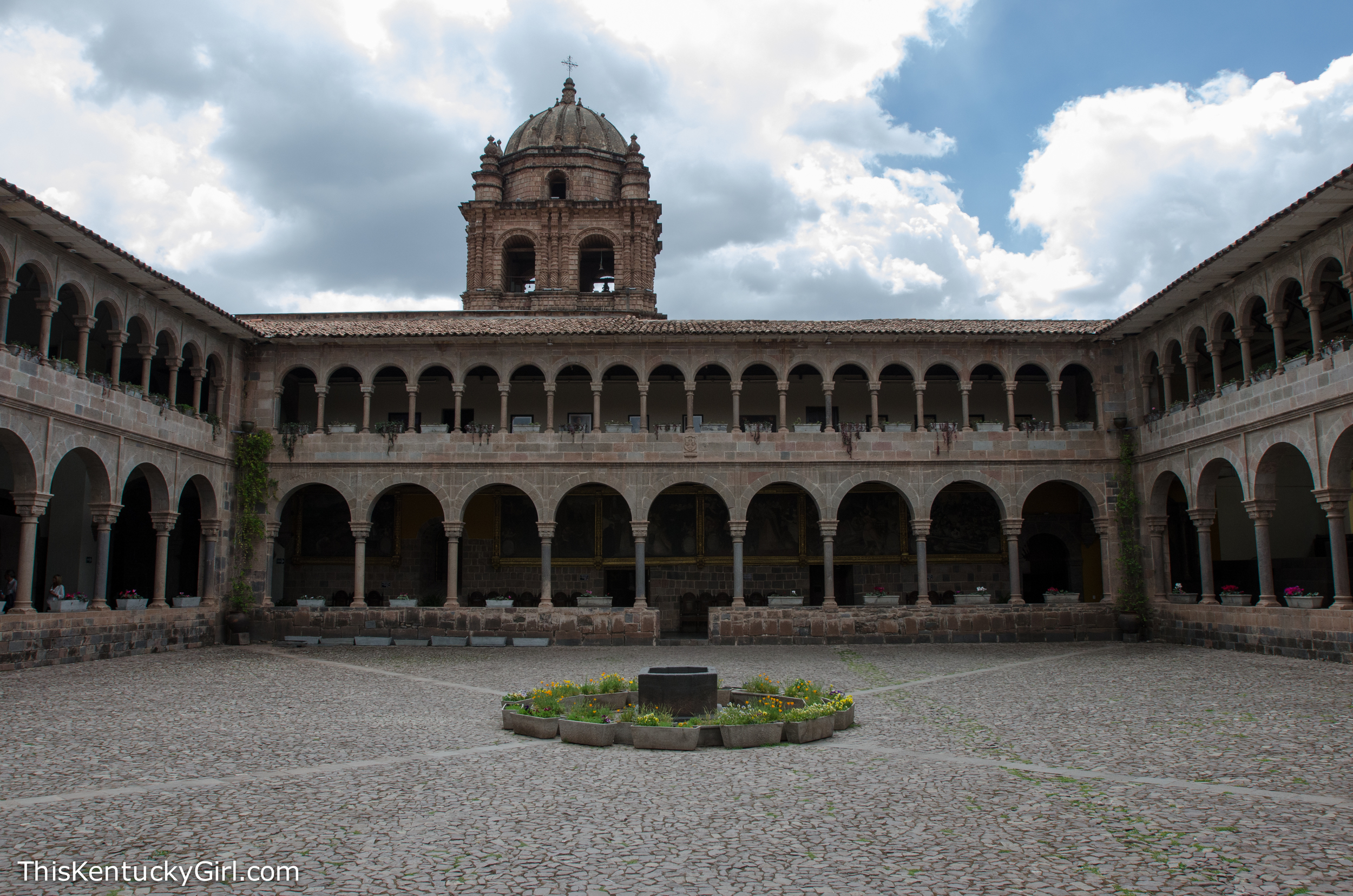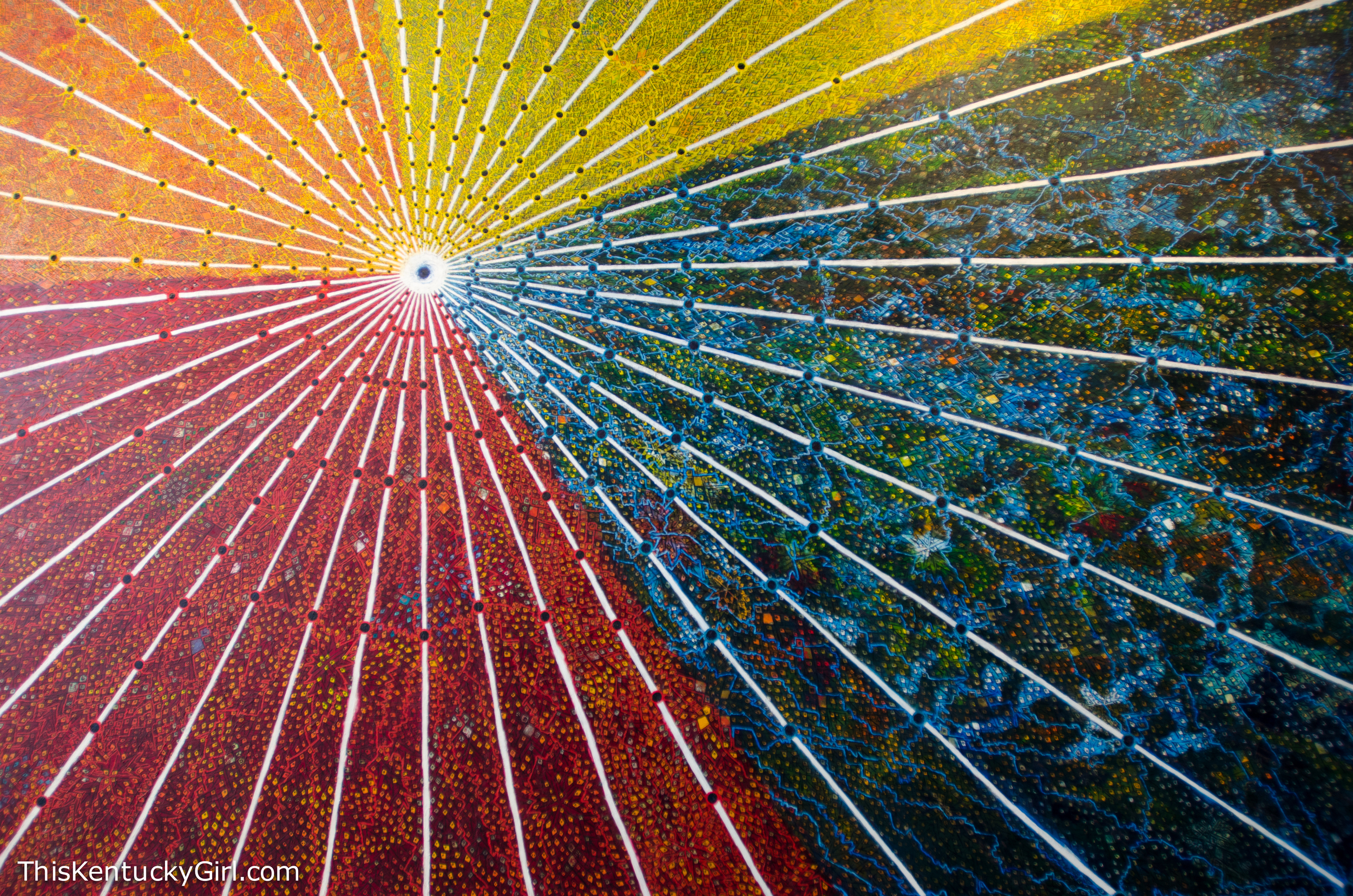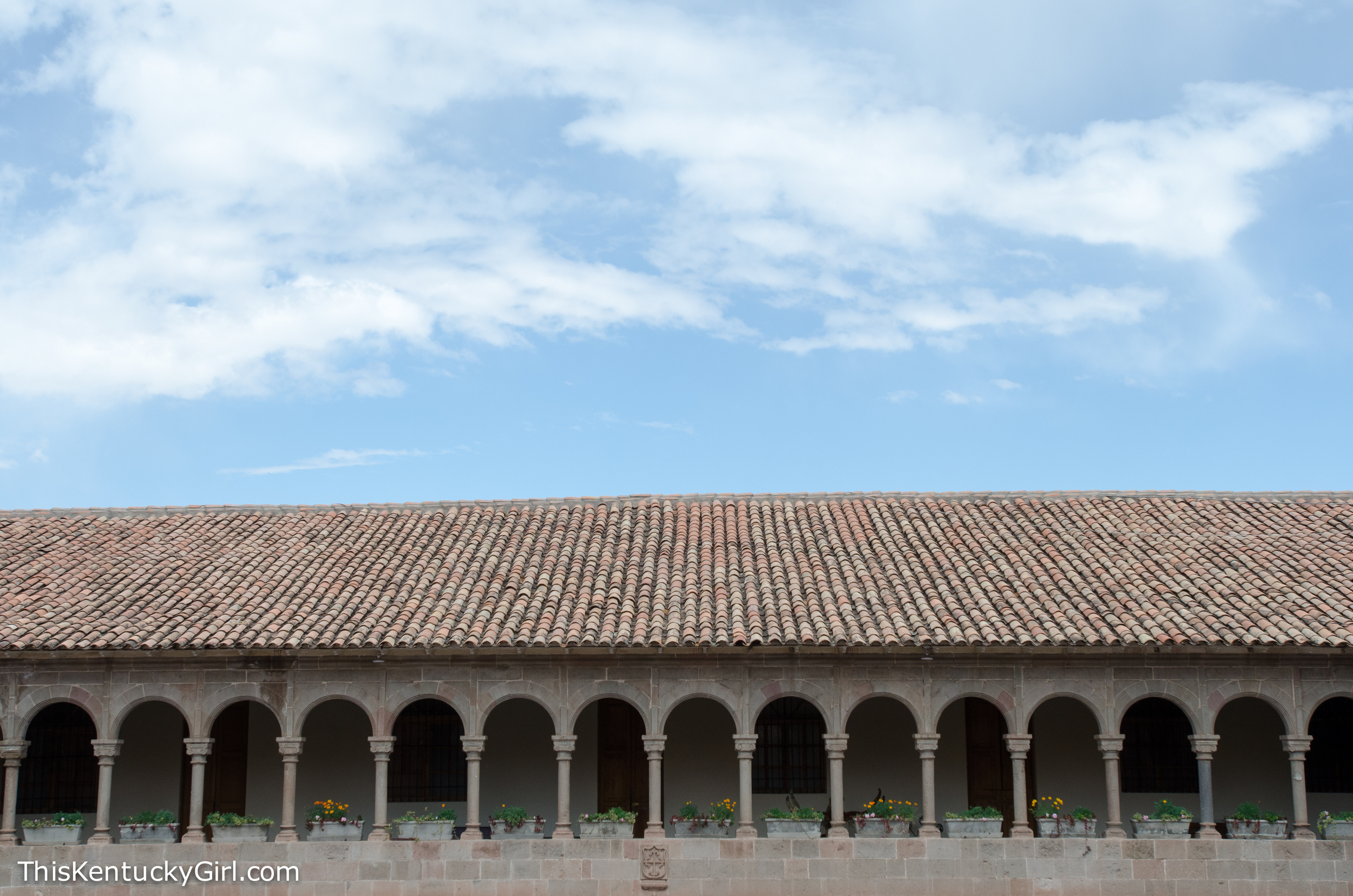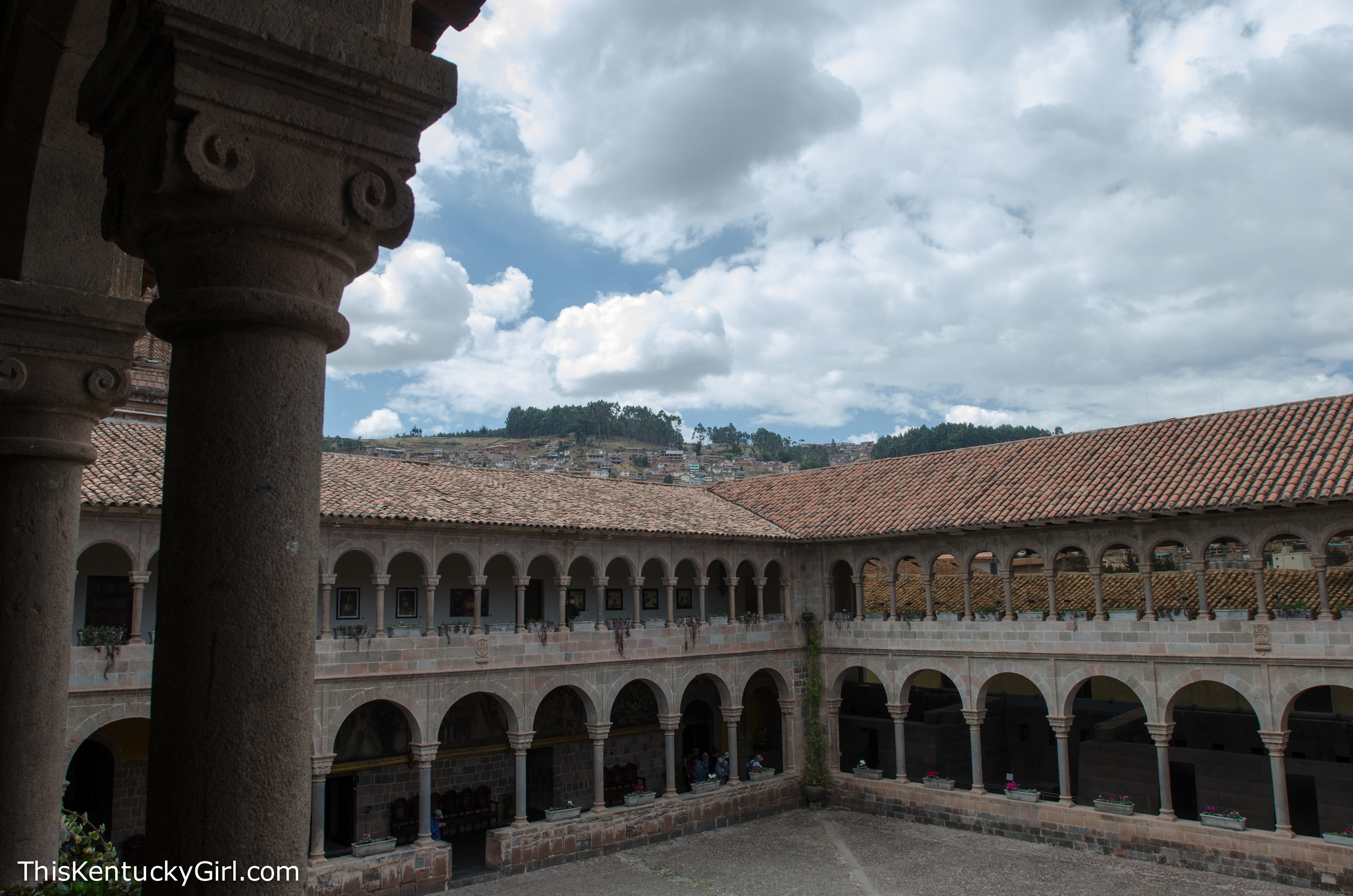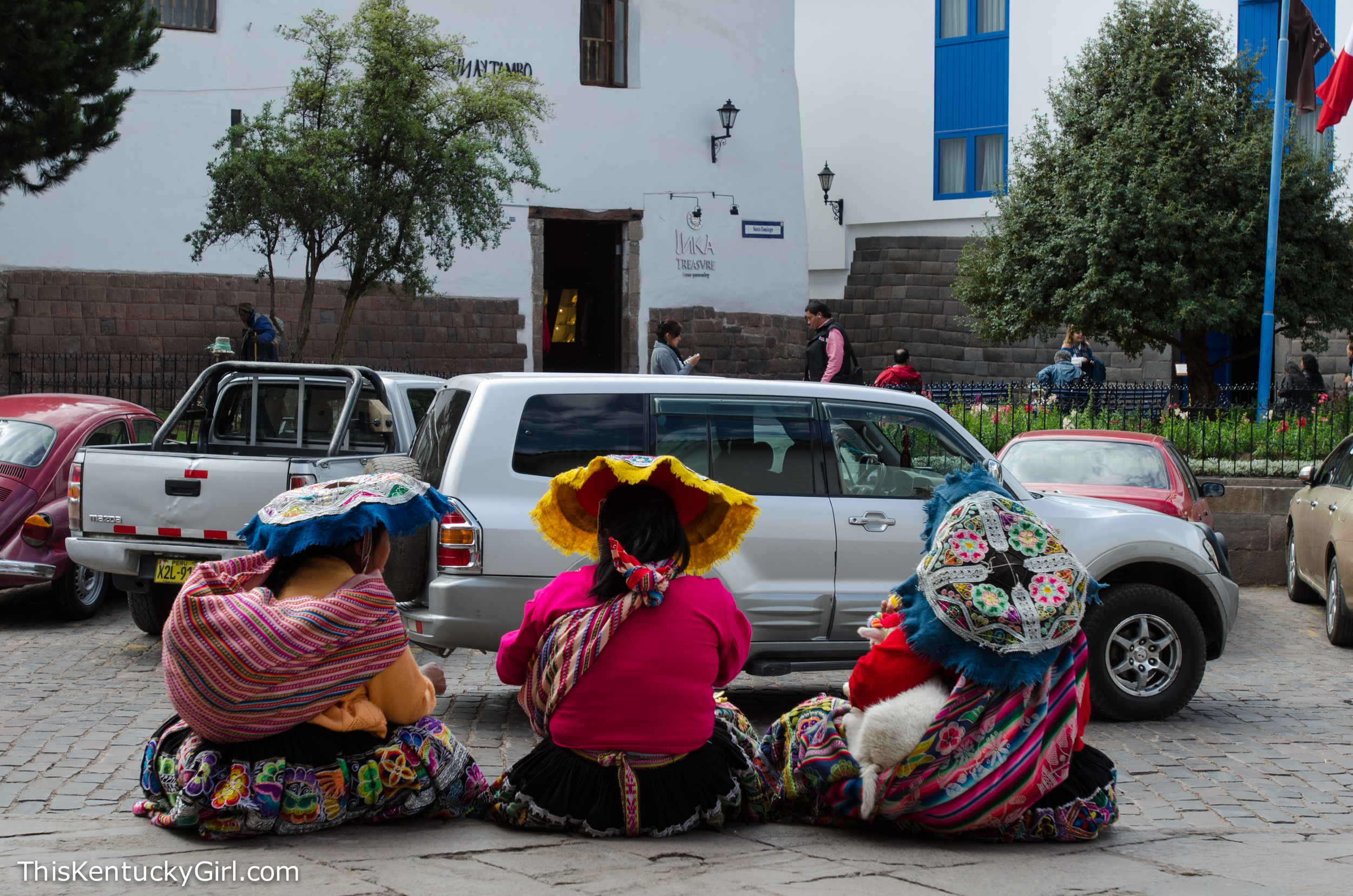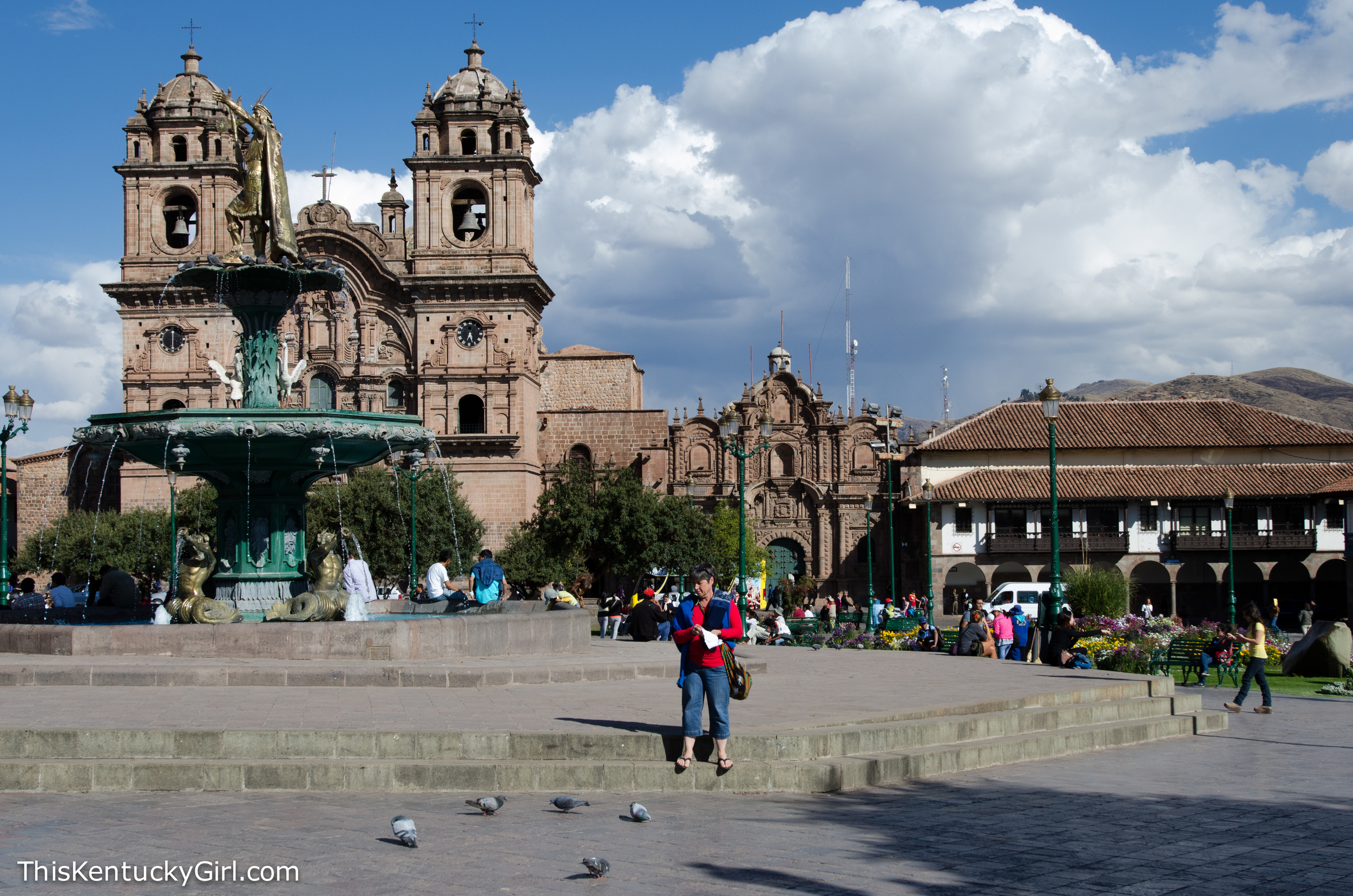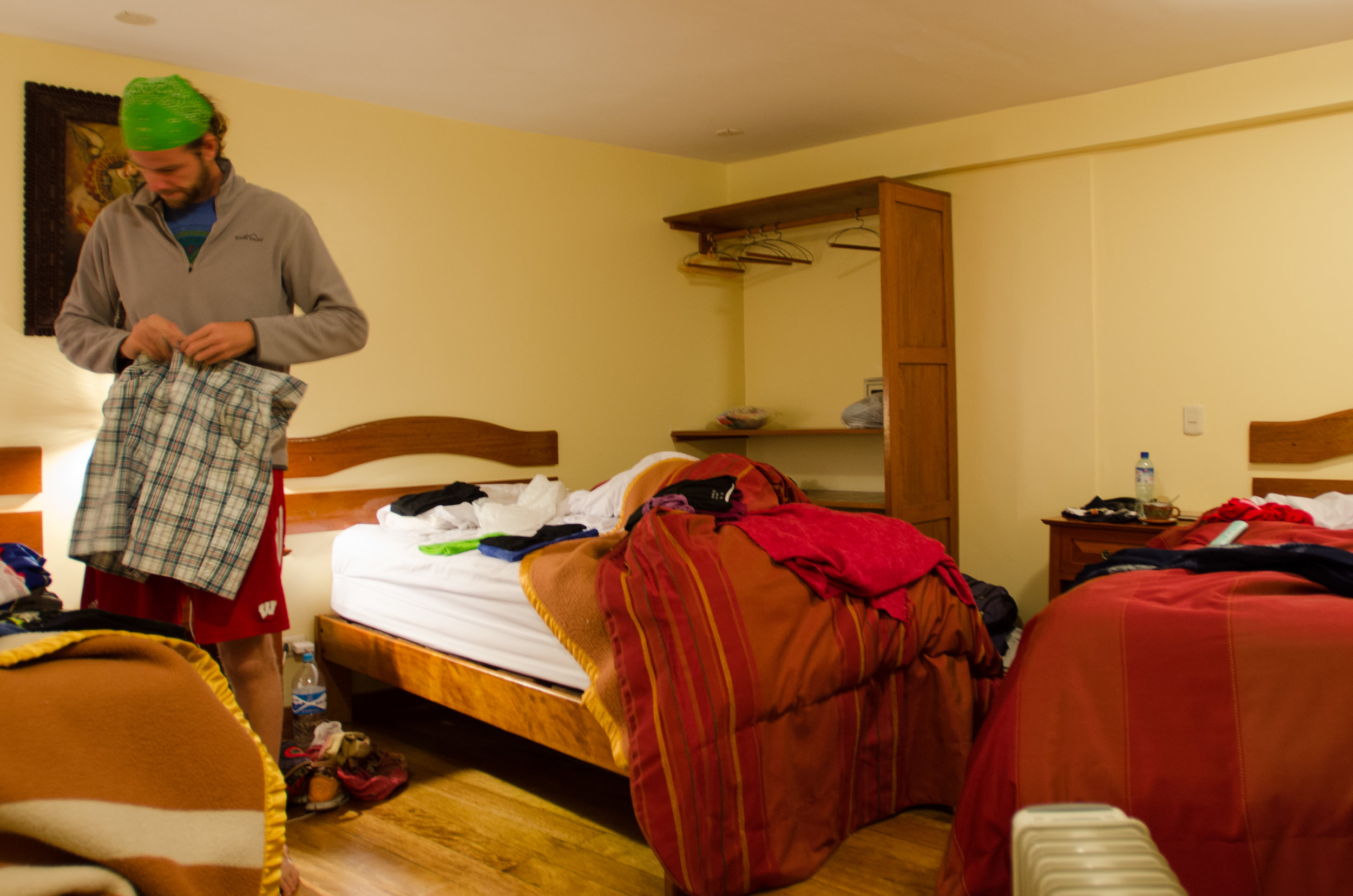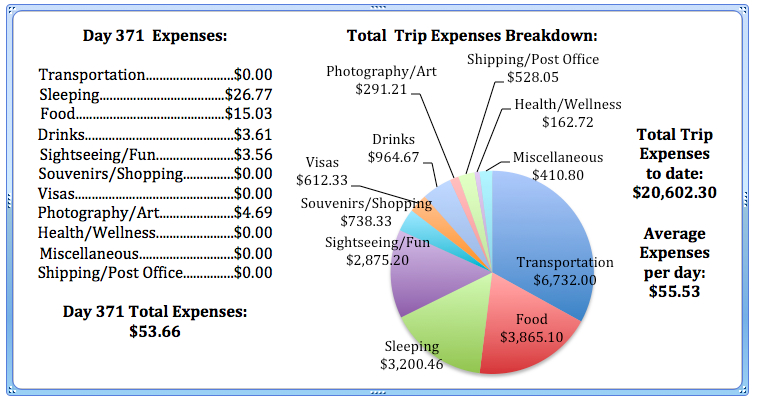Traveling around the world is oftentimes being in a constant state of flexibility. Again, we were going to finish the Cusco Free Walking Tour today, until we woke up and remembered there isn’t a tour on Sundays. So, Andrew found a self-guided walking tour that we could do on our own instead. It wasn’t the greatest, nor the most informative, and it covered pretty much everything we already saw on our own and/or heard about on the portion of the free walking tour we already participated in… but… it gave us something to do, and we were thoroughly entertained by our attempted pronunciation of the many Incan names.
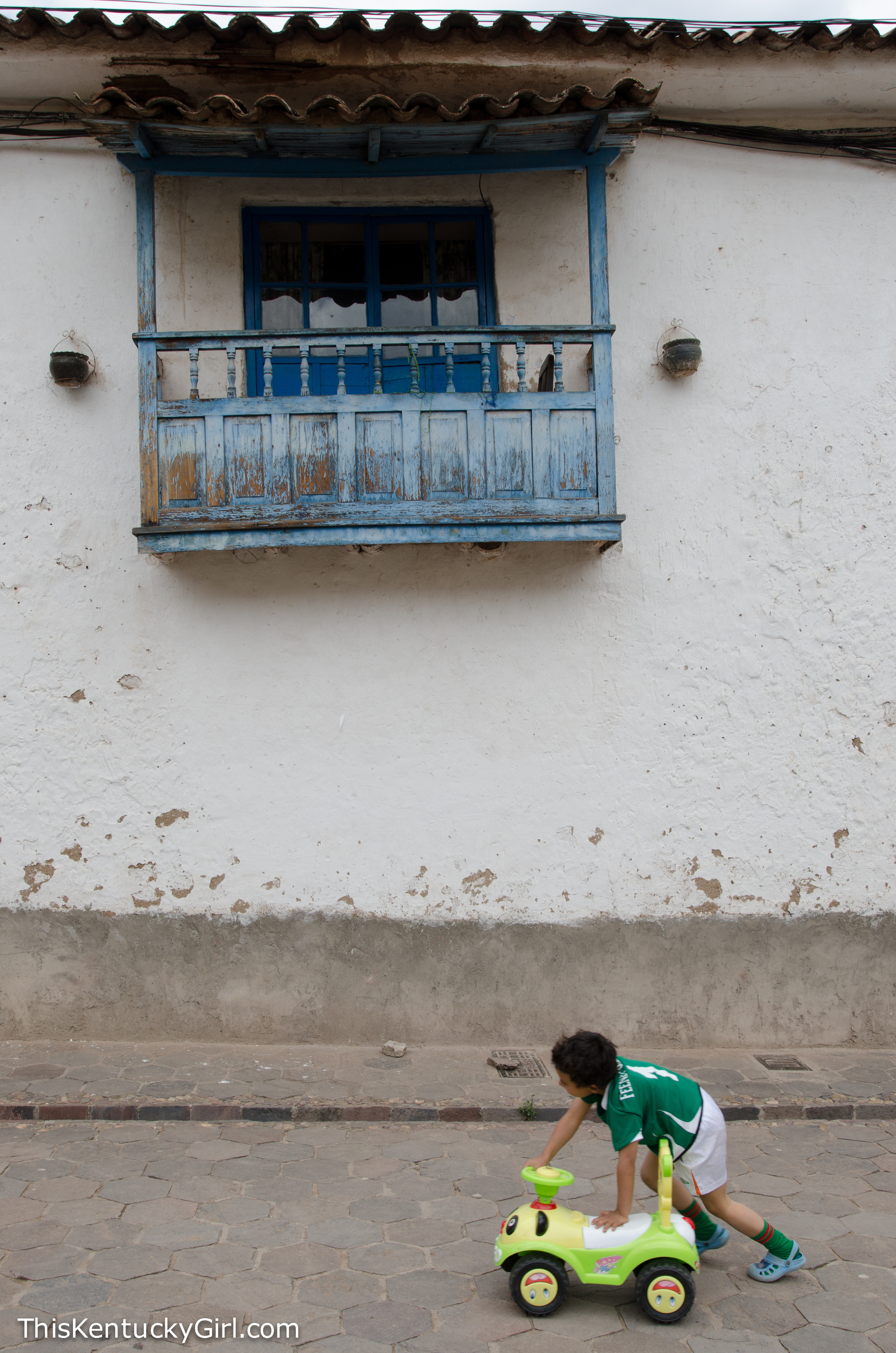
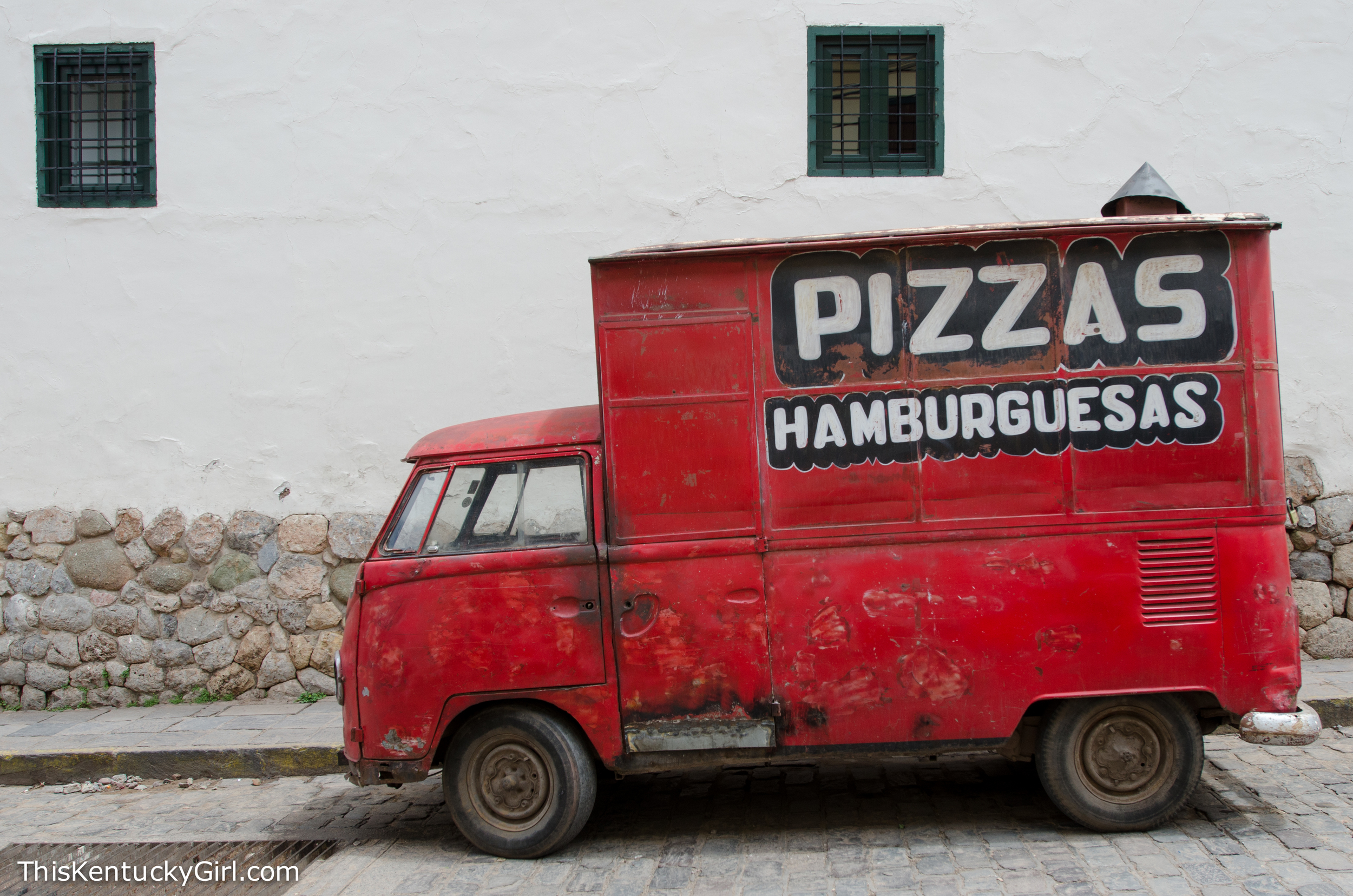
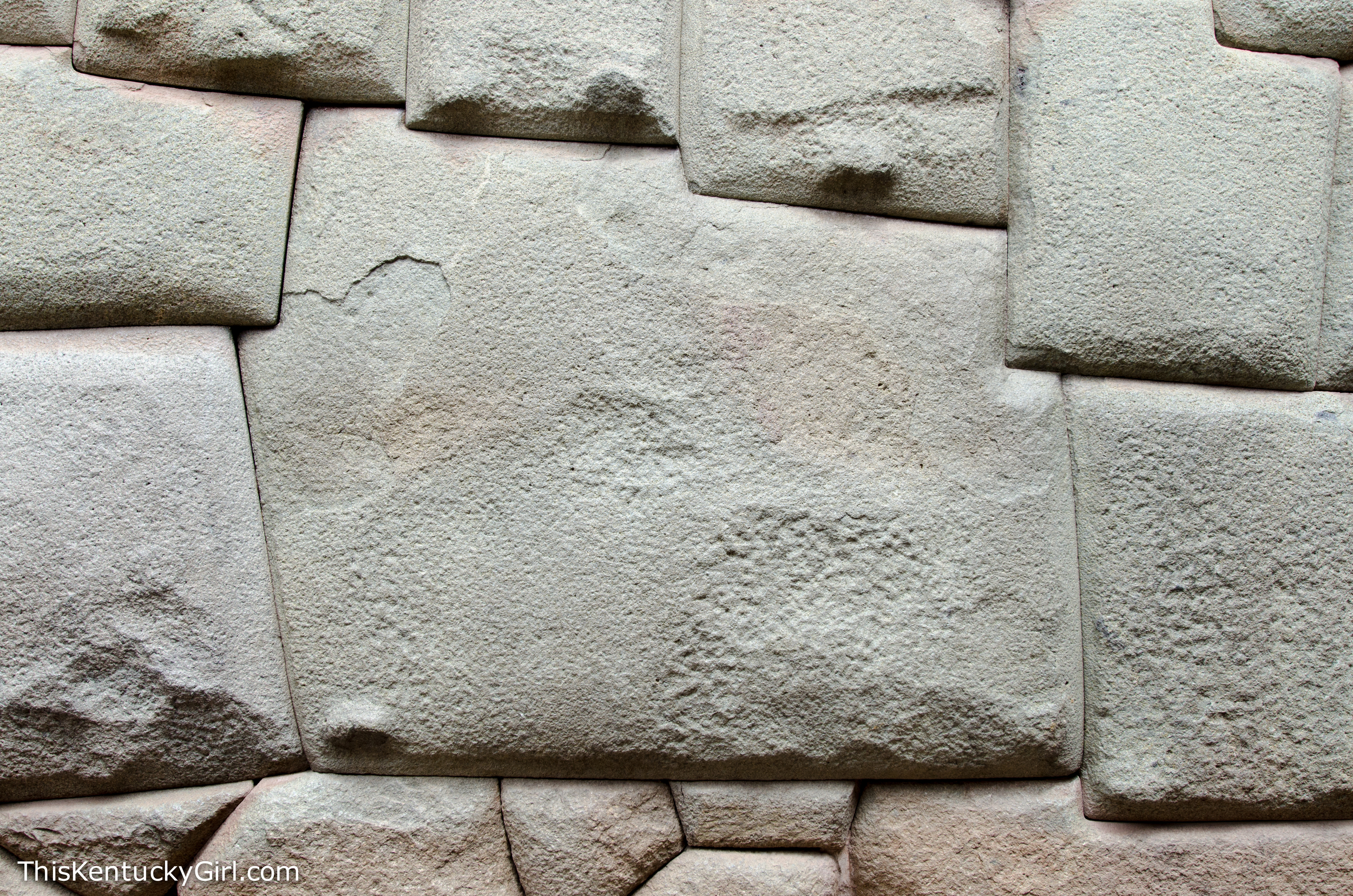

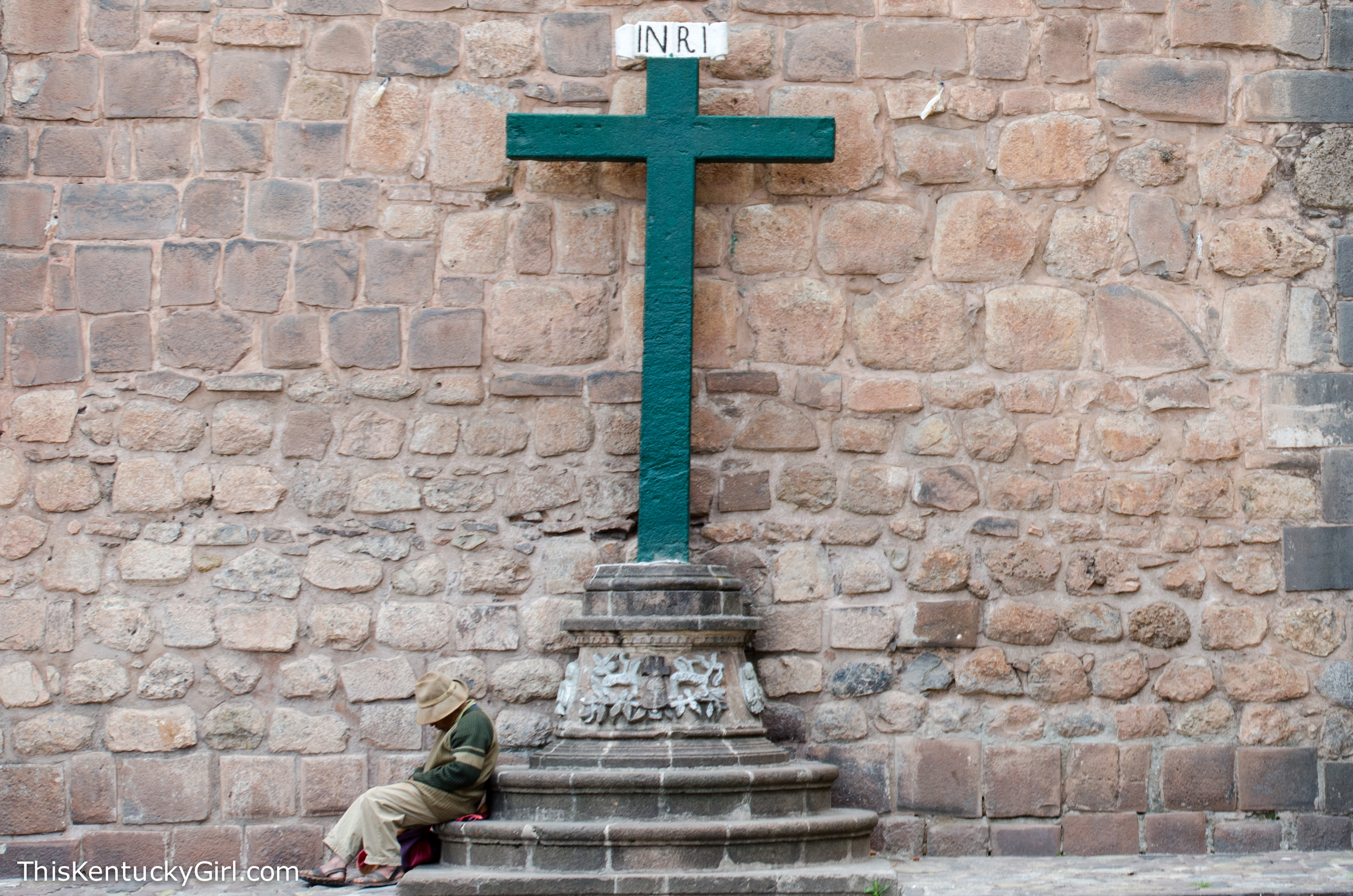
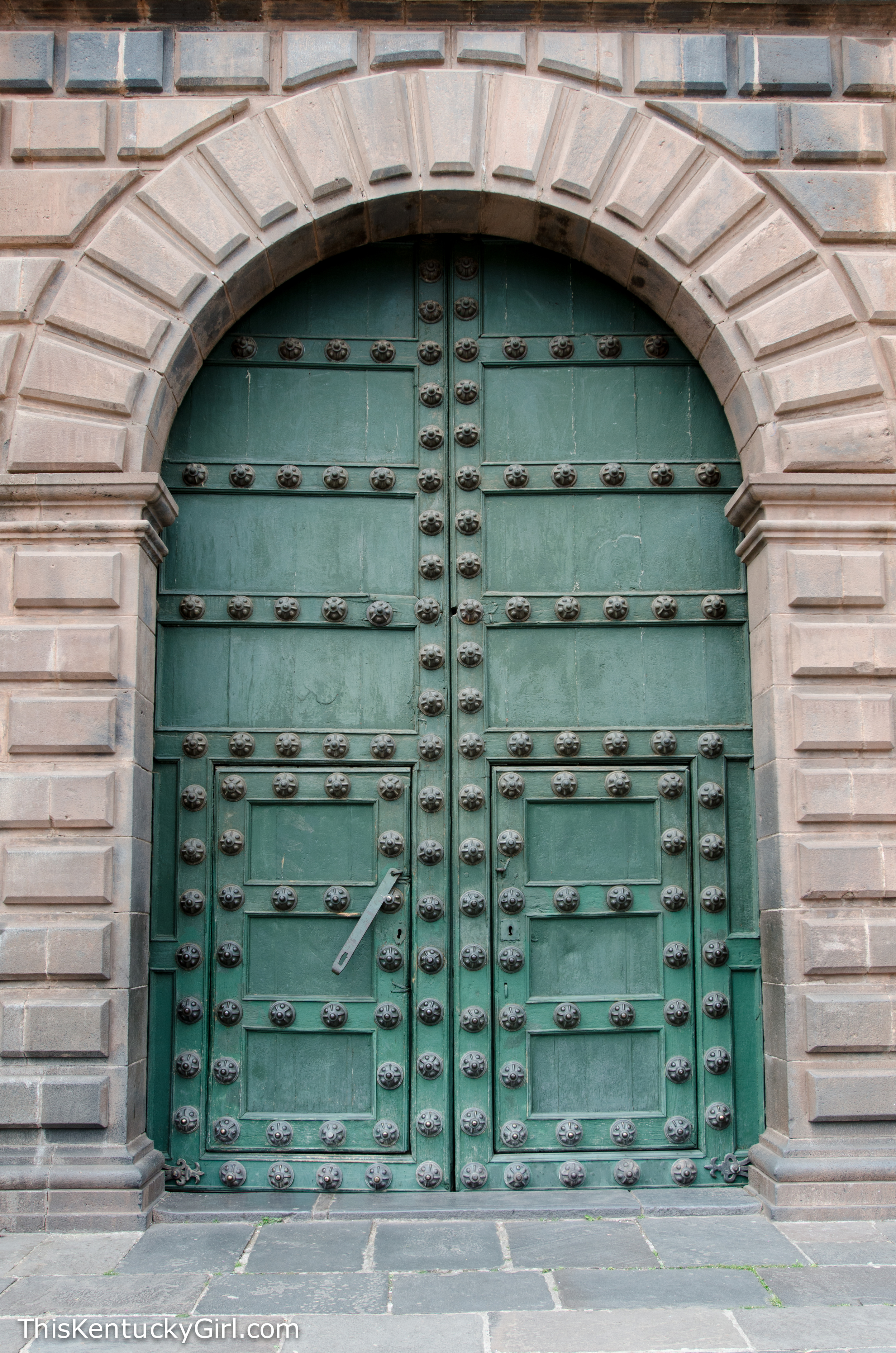
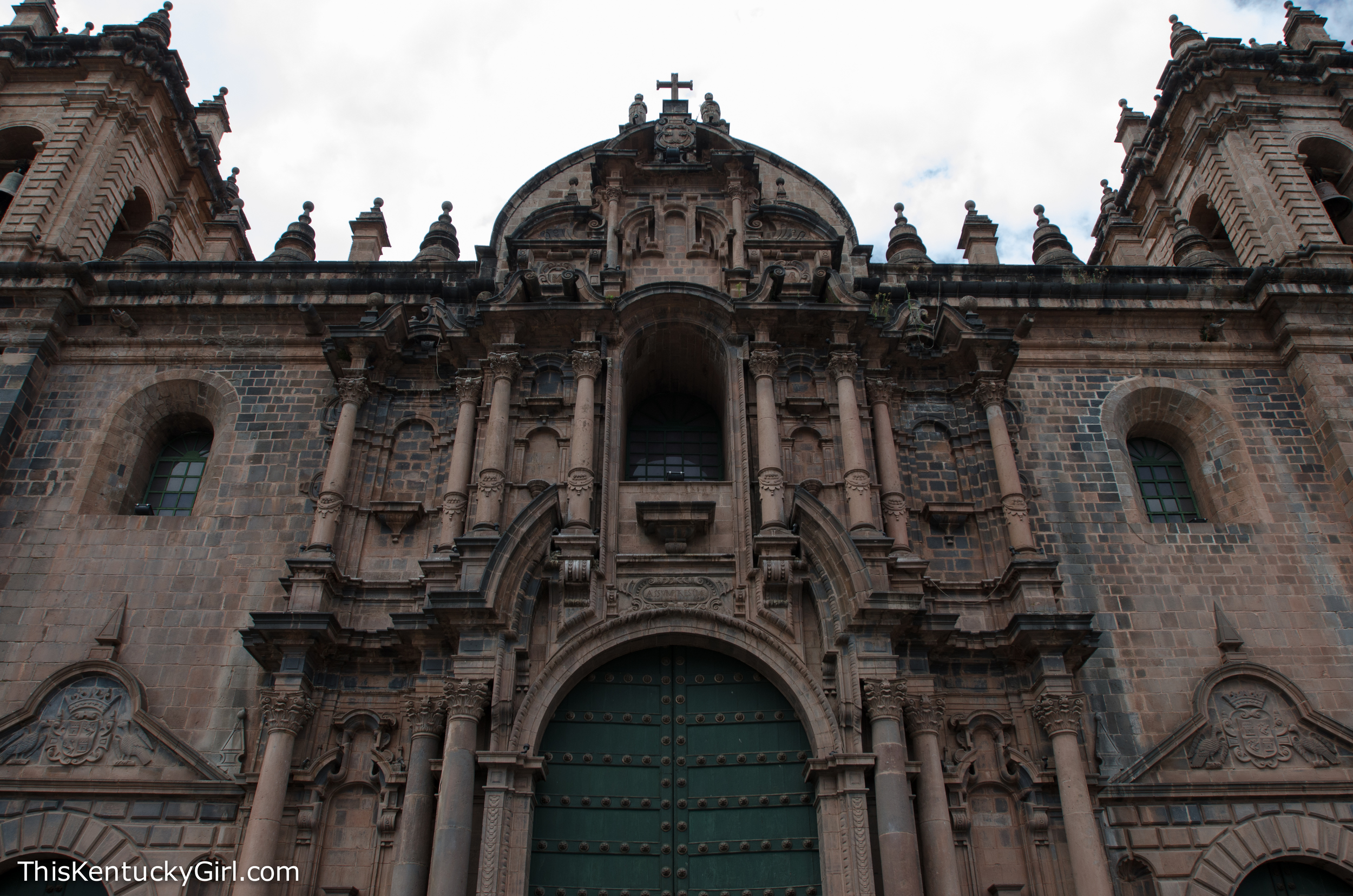
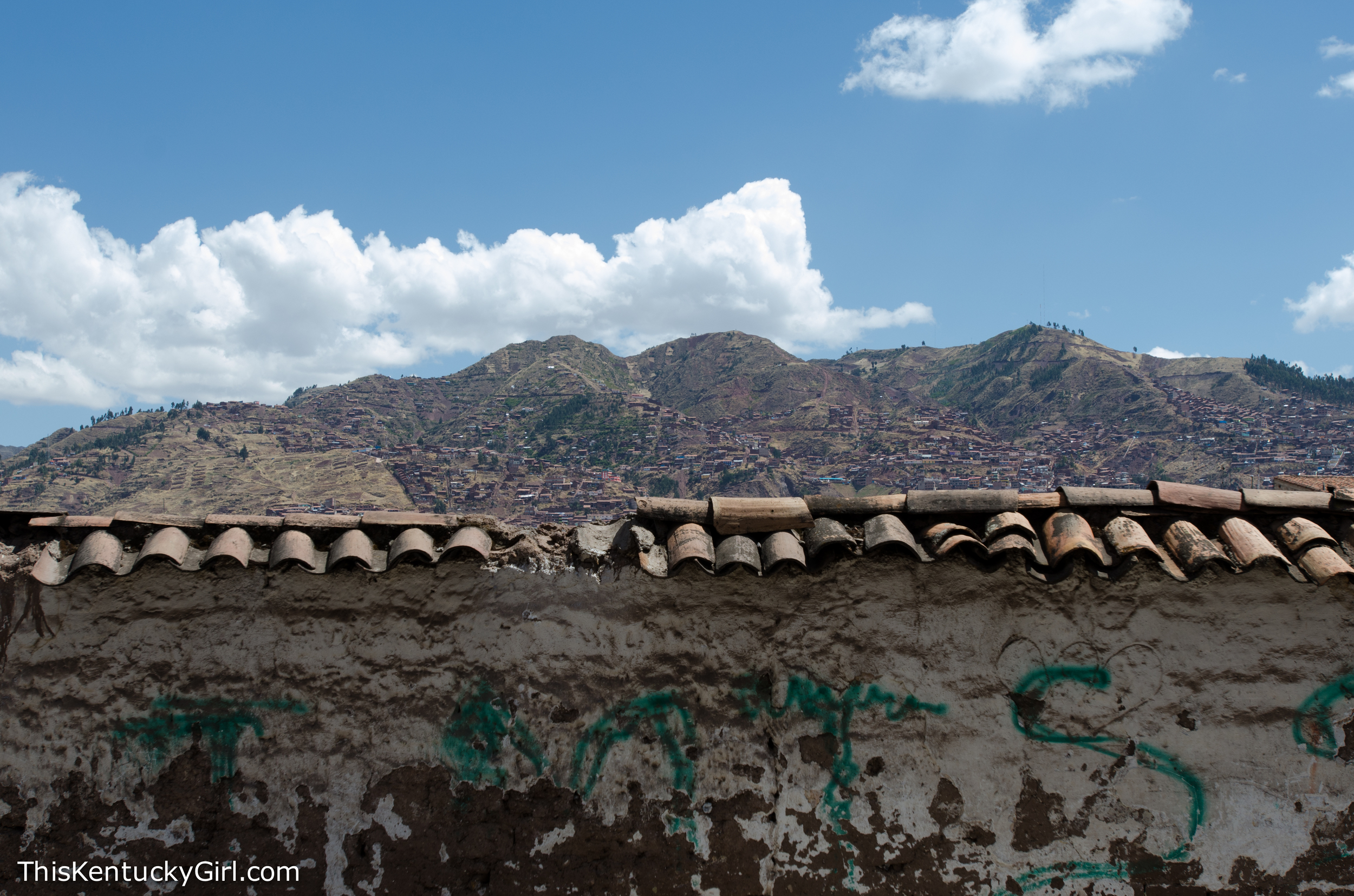
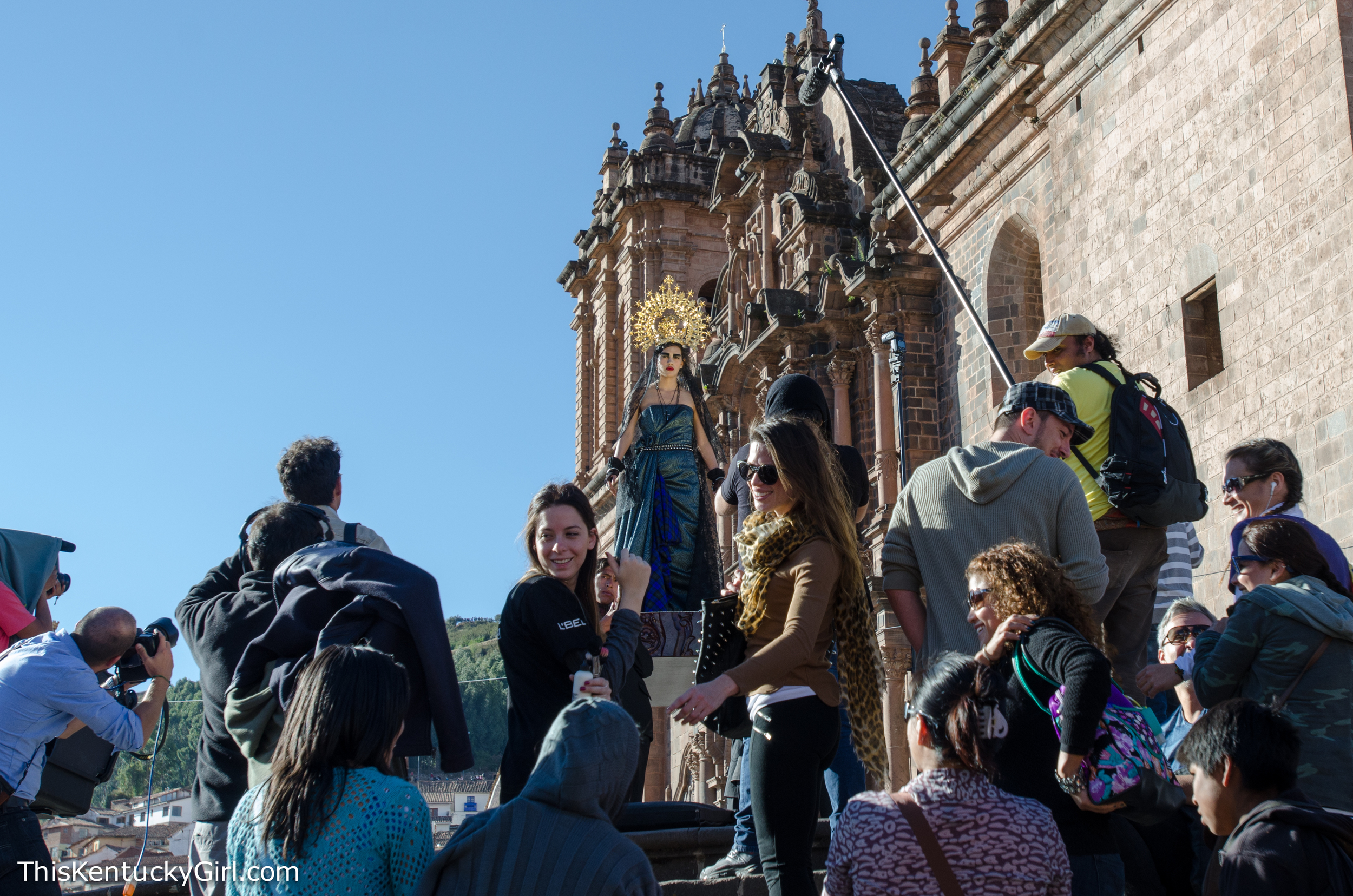
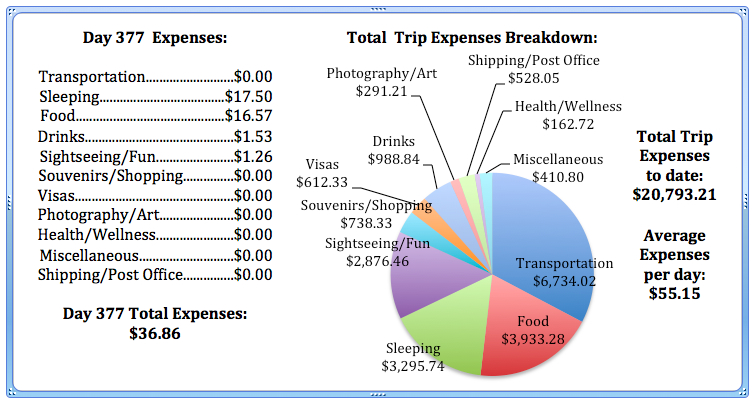
The self-guided tour began in the San Blas neighborhood, more specifically, the Church of San Blas. We read up about it outside, and then Andrew confirmed that my Mom rubbed off on us and we didn’t want to pay to enter a church. I’m sure we missed out on seeing a beautiful interior, and the pulpit that is carved from a single tree trunk… but I just don’t understand why the churches of Cusco all have entry fees! We wove our way down through some different streets that we hadn’t been through before and found ourselves in front of the Incan wall that we’ve walked past at least a couple dozen times since we first arrived in Cusco.
At least we finally figured out why everyone was stopping at this exact spot to get their picture taken. This rock is the perfect example of how incredible Inca stonemasons and architecture was (and obviously still is today). This stone has a record 12 different points on it, and at any given time there is a line of people in front of it in a tour group, or posing for pictures, or even touching it for good luck. Our guide on the Cusco Free Walking Tour told us each stone took 13 months to carve. I’m curious if that length of time applies to this 12 point stone as well.
Check out this intricately carved balcony. It’s beautiful, don’t get me wrong- but there wasn’t much information given to us about who built it or perhaps who lived in the building, or why it’s worth a stop on a tour…
Next stop: Cusco Cathedral, or more formally; The Cathedral of Santo Domingo. We probably should have sprung for an entry ticket here, but we decided we would finish the walking tour first and then see if we had enough time to go into the church after.
We made a small loop around another smaller church and convent, through some Incan ruins, then past Quirikancha before heading back to finish the tour at Plaza de Armas. By the time we returned, some kind of shoot (either for a movie or simply a modeling shoot of some sort) was getting a lot of attention outside of Cusco Cathedral. It seemed as though every early evening or night something was going on in the Plaza. One night there was a car show of some sort, another night a giant stage was constructed, but by the time we passed through the square the next day, it had already been removed. I’m curious what the calendar looks like for the square, is it always so busy?
